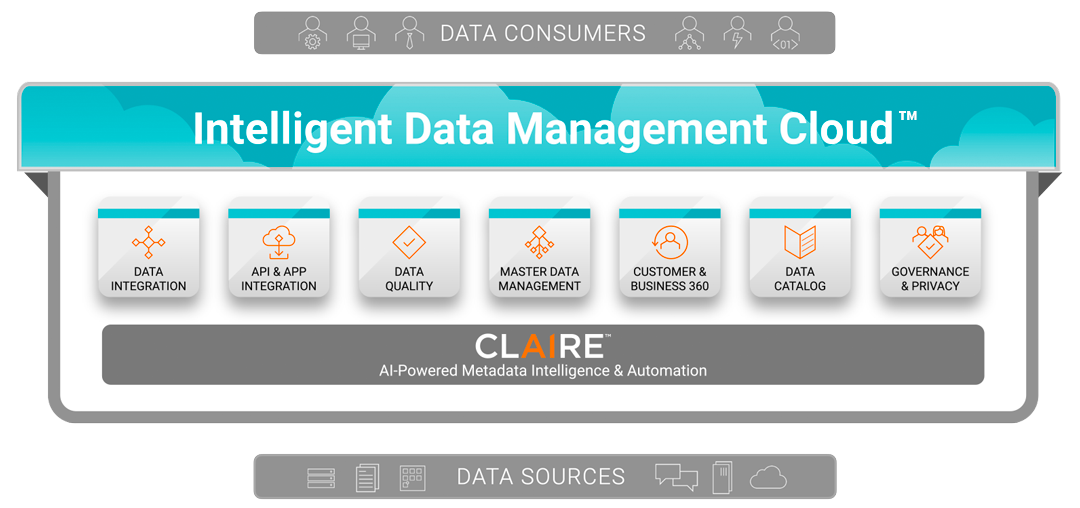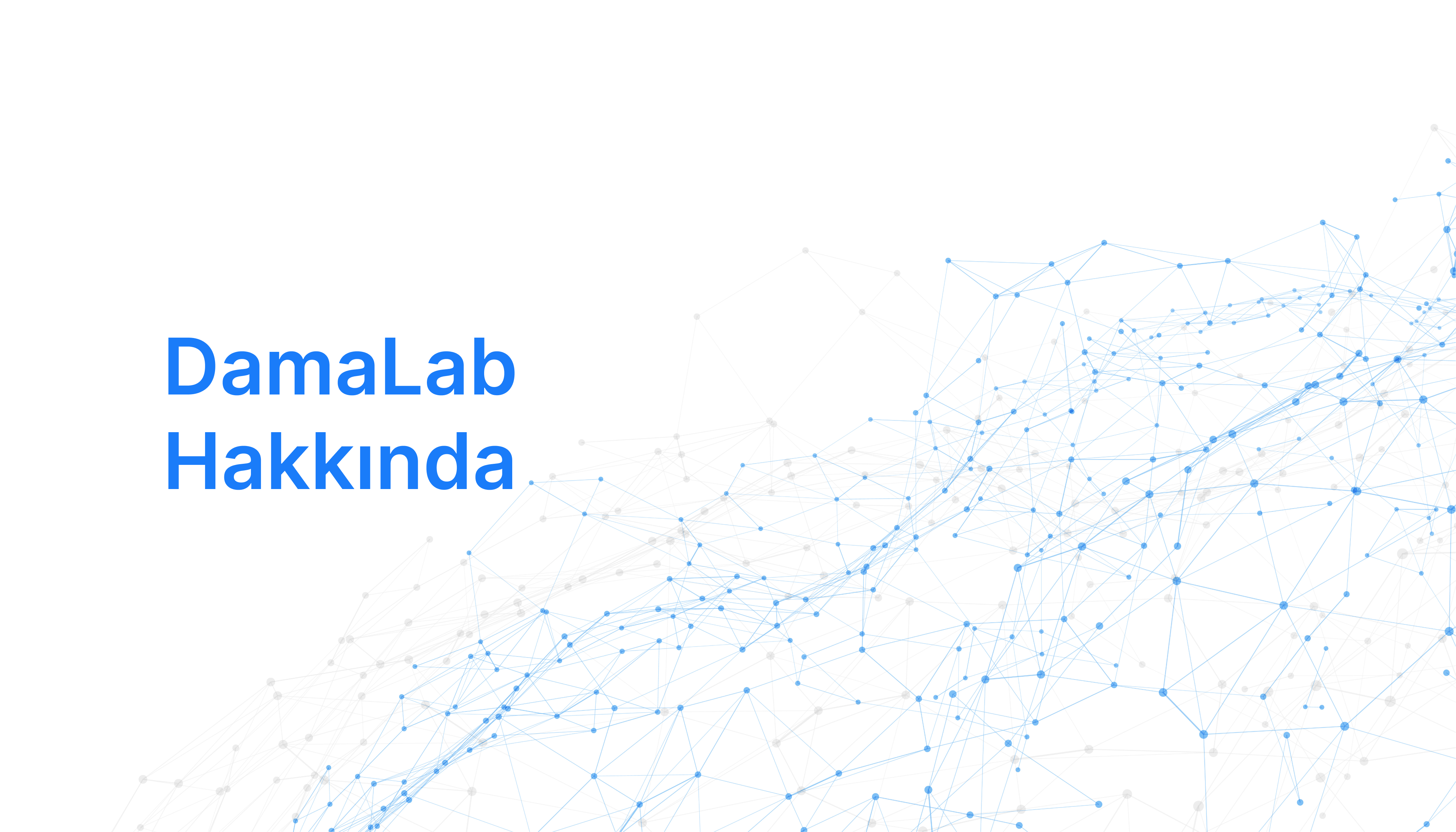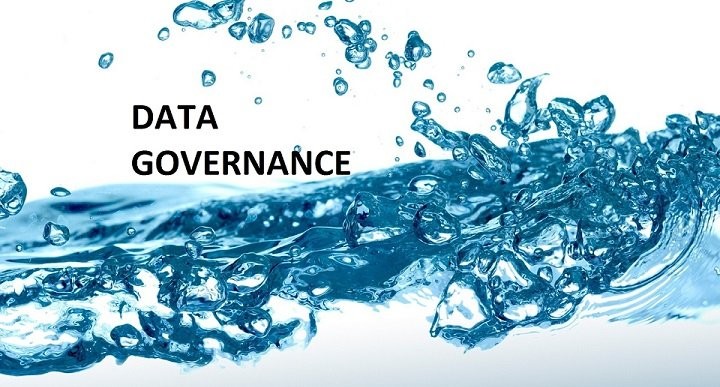Before moving on to my new article, I would like to thank everyone who didn’t give up their interest and support about my previous article and also encouraged me to write this new article titled “Master Data Management”. I hope I can somehow bring the continuation of these series of articles and improve myself further on this subject. First of all, this article is a little bit long and has technical term, so I hope you won’t get bored. Let me warn you about this.
As you will recall from my previous article, I talked about the basic concepts of master data management: (Link)
- Master Data
- Basic Domains
- Basic Features of Master Data
- Master Data Management
- Basic Features of Master Data Management
- Benefits to Organizations
In this article, I will be mentioning the widespread used methods of Master Data Management in organizations and accordingly, the deployment methods and methodology steps applied and many other sub-topics. Let’s start.
Common Usage Methods
When we consider the common usage methods of the master data management from the perspective of organizations, we see that there were 3 types of usage. In fact, these common forms of use are directly related to how the master data is consumed.
- Collaborative MDM
In this method of use, the MDM system enables people with the same or different roles and responsibilities in the same or different departments within the organization to make joint decisions on the definition of the master data. And this management method is provided through approval mechanisms with the help of various tasks.
For example, when a new product definition is to be created, both the marketing and finance departments make the relevant definitions and provide the product master data and feed the related systems.
- Operational MDM
In the operational MDM method, the MDM system, as part of the operational systems, contributes to the operational management of the master data as well as the correct management of corporate business processes with applications and people.
For example, customer openings can be done directly on MDM system.
- Analytical MDM
In the analytical MDM method, the MDM system contributes to the feeding of analytical systems such as data warehouse (DWH) or CRM as an important source of information.
All three methods of use mentioned that ı mentioned above can be used together or independently of each other. And moreover, all three usage methods are independent of the “Domains (Party, Product, Account, Location) that I defined in the previous article for the master data.
Deployment Methods
When we consider the deployment methods about master data management, we see 4 different methods:
- Consolidation
This deployment method is a one-way flow based on the transfer of the master data in the source system or applications to the MDM system in batches in certain periods and feeding the analytical systems such as data quality, reparation after data pairing and de-duplication.
- Federation (Registry)
It is a real-time integration and only the source system or applications where the master data is located is kept. No consolidation transaction is made. It is mostly a one-way flow, but sometimes it is also managed as a two-way flow.
- Coexistence
This deployment method is based on carrying out of synchronization between applications. With a two-way flow, both real-time integration and batch integration can be achieved.
- Transactional (Centralized)
This deployment method is based on the creation of master data directly on the MDM application. For example: Such as performing customer launches or new product descriptions on MDM. It is a one-way flow and a real-time integration method.
Methodology Steps
And finally, before I finish my article, I’ll talk about the points and steps that I gave importance in projects carried out in relation with master data management (MDM)
First of all, since the main data management projects are very comprehensive and long lasting projects, in such projects it is required to:
- Carry out projects by phasing those;
- Clarify the purpose and scope of the project;
- Clarification of business needs by the organization
- Schedule projects in accurate manner with project outputs
- As it concerns the whole organization, it should not be seen as a technical project only and other stakeholders should be engaged in the project. (For example: Project Sponsor, Project Decision-makers, Data Unit, Data Owner, Business Analysts, Architectural Team, etc.)
Apart from the key points that I mentioned above, the following project steps are carried out in projects:
Access
- Access to master data in different formats on many different source systems or applications in line with the business needs
- Feeding master data from source systems in batch, real-time or part-time (Change Data Capture) at desired time intervals
- Providing access to master data in 24/7 manner with high availability
Discovery and Analysis
- Discovering of data quality problems
- Data profiling
- Determination of relationships between tables
- Detection of Sensitive Data
- Creating source and target matrices in line with data model
Data Model
- Identification of domains to be managed
- Designing a flexible and extensible data model
- Constructing metadata, impact analysis, historical background and control infrastructure on data model
Cleaning
- Performing data quality studies on master data (Standardization, parsing or enrichment)
- Providing a traceable infrastructure suitable for business units and IT units
- Preparing and managing of reference library
Mapping
- Determining the data fields to be used in mapping
- Defining and implementing rules for fuzzy match infrastructure in real time or batch
For example: Identifying customers with identical Identity Number and First Name and Last Name information
De-duplication
- Making channel-based scoring for data reliability
- Defining and applying de-duplication rules on each data field
Association
- Ensuring association of master customer data with company, household, product, reference data, location data, etc.
- Providing 360-degree extended customer image.
Management
- Ensuring the involvement of relevant units in the process in line with the data ownership
- Creating of user screens and approval mechanism infrastructure
- Easily traceable and historical inquiry through the relevant interfaces
Sharing
- Apportion of master data to target systems in line with security sensitivities
- Ensuring batch or real time integration with target systems
Let’s end this article here and wish to meet you in the next series of articles. I would like to write about Data Quality in detail. I hope it has been useful work for you. Hope to see you.
Best regards,
Evrim AY





